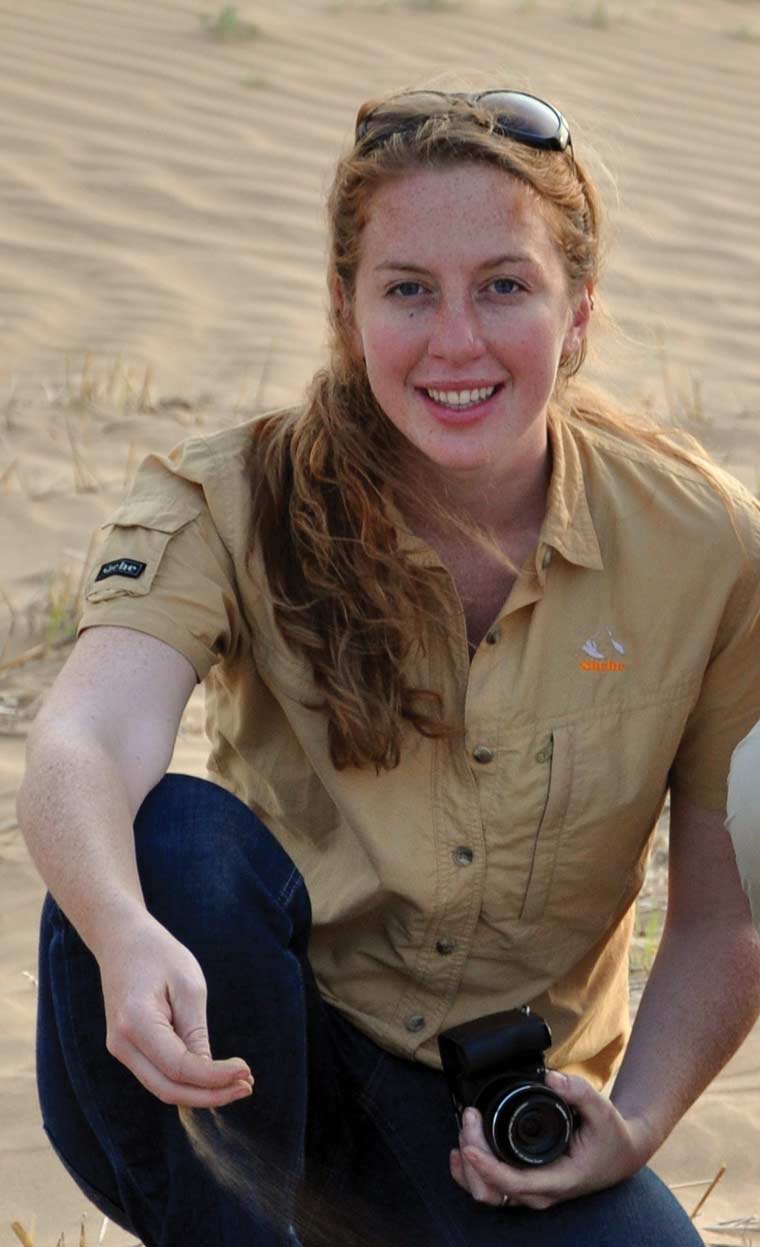Julie Michelle Klinger’s field research unearths the hazards behind the mining of materials that power the technology that powers our world.
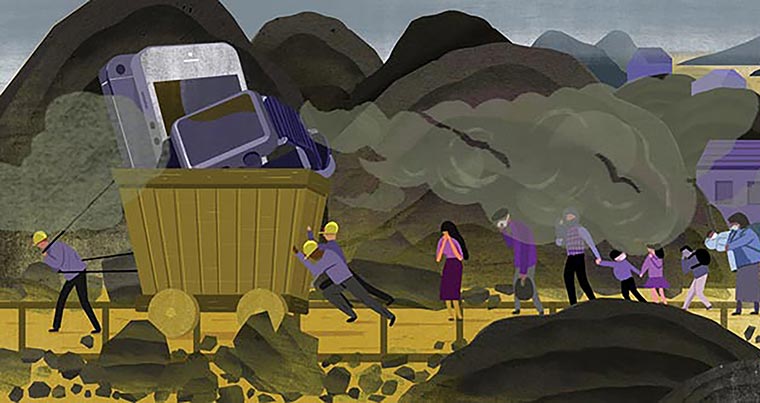
Modern life would grind to an abrupt halt without so-called rare earth materials—a group of 17 chemically similar elements, with names straight out of a science fiction novel, found in everything from smartphones to solar panels.
For example, neodymium is used to make powerful magnets found in loudspeakers and computer hard drives, while praseodymium creates an ultrastrong alloy for aircraft engines. And a soft, silvery metal known as yttrium has diverse applications in lasers, white LED lights, camera lenses, and superconductors.
The unique magnetic and conductive properties shared by this family of metals have rendered them indispensable in today’s technology-obsessed world. But as witnessed firsthand by Julie Michelle Klinger ’06, the global demand for rare earth elements has left behind a trail of devastation within local mining districts. Klinger’s in-depth fieldwork led her to the communities of Inner Mongolia in China—the country that dominates the global production of rare earths—where the environment and its inhabitants feel the blowback of the hazardous mining process.
“I can tell who was born and raised downstream of the mine because they often have skin lesions, thinner hair, brown teeth, and bone deformities,” says Klinger, an assistant professor of international relations at Boston University’s Frederick S. Pardee School of Global Studies. “It’s both heartbreaking and infuriating, because their suffering was entirely avoidable.”
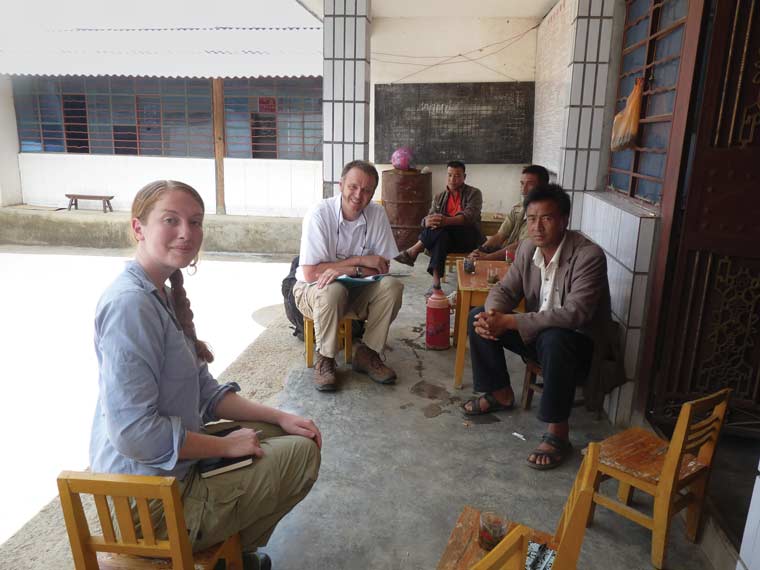
Klinger’s work on rare earths began in 2010, when she was a PhD student in geography at the University of California, Berkeley—the same year the Chinese blocked a shipment of rare earth elements to Japan. Some interpreted the blockade as a power move by China, which then provided more than 97 percent of the global supply of rare earth elements that nearly every industrial country depends upon.
Panic ensued, and officials around the world began to form counterstrategies against China’s rare earth monopoly. Suddenly, these materials had everyone’s attention, including Klinger’s.
After five years of field research in China, Brazil, Germany, Australia, and the United States, she completed her dissertation work on the geopolitics of rare earth elements in 2015. Klinger then turned her findings into a book, published last year, which investigates the global geography of rare earth prospecting and mining on three major resource frontiers: China, which currently has a virtual monopoly on rare earth production; Brazil, whose officials identified sizable deposits in the Amazon region; and the moon, which represents the boldest quest to mine these resources. Klinger's book, Rare Earth Frontiers: From Terrestrial Subsoils to Lunar Landscapes, received the 2017 Meridian Award from the American Association of Geographers for its “unusually important contribution to advancing the art and science of geography.”
“We have to look at the long-term trends that have brought us to this moment of discussion over rare earths, and this book provides a reasoned, deep, multiscaled analysis that blows apart any simplistic ideas,” says her mentor at Sarah Lawrence, Joshua Muldavin (geography).
For every ton of high-quality rare earth metal being produced, the facility creates many more tons of radioactive wastewater, acid waste, carbon dioxide, and other toxic emissions.
Klinger spent the summer of her junior year as Muldavin’s research assistant in the rural Himalayan region of southwest China. After earning her bachelor’s degree with a focus on international relations, she worked with Muldavin for three years on projects based in China. In 2015, after earning her doctorate, she accepted a faculty position at Boston University.
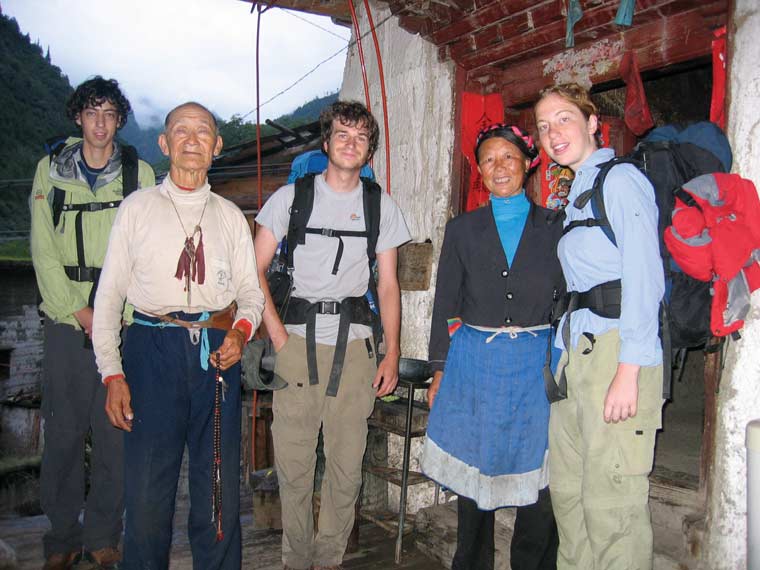
Despite their name, rare earth metals aren’t actually so rare, meaning a future shortage could likely be avoided with proper planning. Still, their extraction generates significant environmental and epidemiological costs. Rare earths are often found in deposits with radioactive materials such as thorium and uranium, posing health risks during the mining process. And radioactive waste management is very expensive to do properly, which is why rare earth production tends to take place in areas where environmental regulations are less stringently enforced.
Even transporting the materials from the mine to the processing facility causes harm, as the dust blows out of railway cars and dump trucks. The next step, refining, requires toxic chemicals and acids to separate out the elements. For every ton of high-quality rare earth metal being produced, the facility creates many more tons of radioactive wastewater, acid waste, carbon dioxide, and other toxic emissions.
“From the moment you pulverize the earth to get access to these rare earth ores, you liberate heavy metals and radioactive materials in multiple forms,” Klinger says. “Miners inhale the dust, which blows downwind into nearby communities, and it’s also present in the water runoff from the mining sites.”

So where does all that waste end up? In China, it’s been accumulating in a giant open-sky pond that stretches several miles across and contains 200 million metric tons (the equivalent of 220 million tons) of radioactive slurry. The Baogang tailings dam in Inner Mongolia has become what Klinger’s book calls the “world’s largest rare earth lake,” and the consequences for the environment have been dire. Villagers and livestock around the dam suffer from disease, water is contaminated, and crops in the area fail to grow.
The dam collects the waste from the nearby Bayan Obo mine, which produces approximately 50 percent of the global supply of rare earth elements—the single greatest source of rare earths worldwide. Klinger’s main research focus is in China, so she has spoken directly to the residents who once lived around Bayan Obo and lost their homes as a result of decades of destructive mining practices.
“They told me that first the animals got sick, then the babies got sick, and then everybody else got sick,” she says. “Most people around Bayan Obo mine are ethnic Mongolian people and traditional nomads. When they leave for the city, they are leaving behind thousands of years of culture as well.”
“It’s not because we don’t know how to properly manage the waste, but more because it’s really expensive, so people tend to cut corners where they can.”
On a more positive note, the Chinese government recently changed its tune on its environmental regulations around rare earth elements. Officials have been closing many smaller mines, which tend to be more difficult to regulate, and consolidating others.
“It’s not because we don’t know how to properly manage the waste, but more because it’s really expensive, so people tend to cut corners where they can,” Klinger says. “There have been some positive changes in the past five years, with increased public awareness and scrutiny, but we still have a long way to go.”
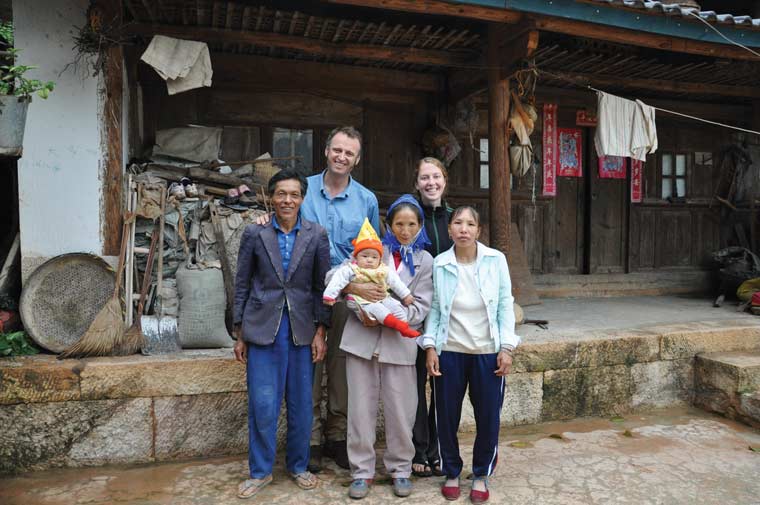
In order to mitigate the damage to lives and the environment caused by the exploitation of rare earths, Klinger believes that regulations need to be both politically enforced and supported by the market. There are reasons for optimism, she says, including active research into recycling discarded devices to recapture traces of rare earths and collecting rare earths from the existing waste of other mines. Some companies have even stopped using rare earths in their products.
But one thing is certain, according to both Klinger and Muldavin: The problem is much bigger than China, and the hazardous challenges related to extracting rare earth elements will persist no matter where the deposits are mined.
“The larger point is that we know how to do better,” Klinger says. “We know how to mine these things in a way that doesn’t destroy local landscapes and lives. The solutions are straightforward, but what remains to be seen is whether we will work to change the market and change the policy context.”
Written by Meeri Kim
Illustrated by Decue Wu
Photos courtesy of Julie Michelle Klinger and Joshua Muldavin
